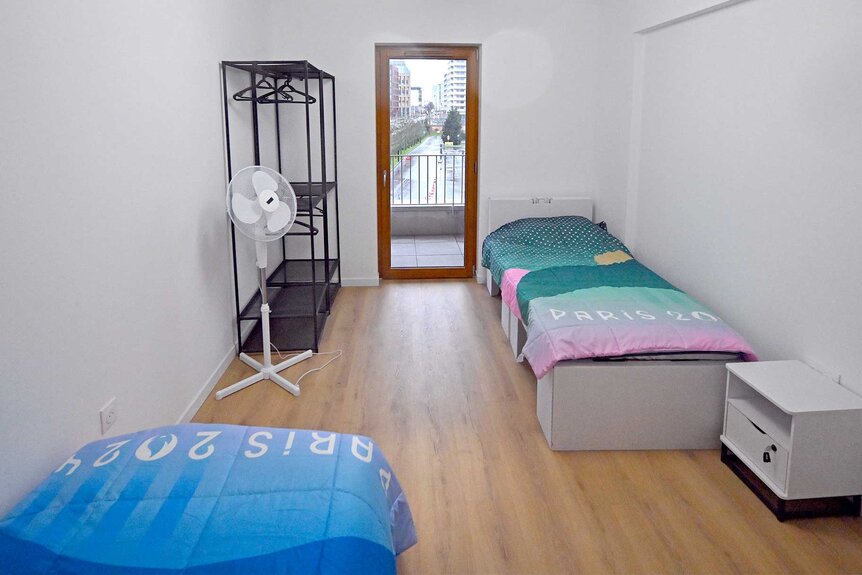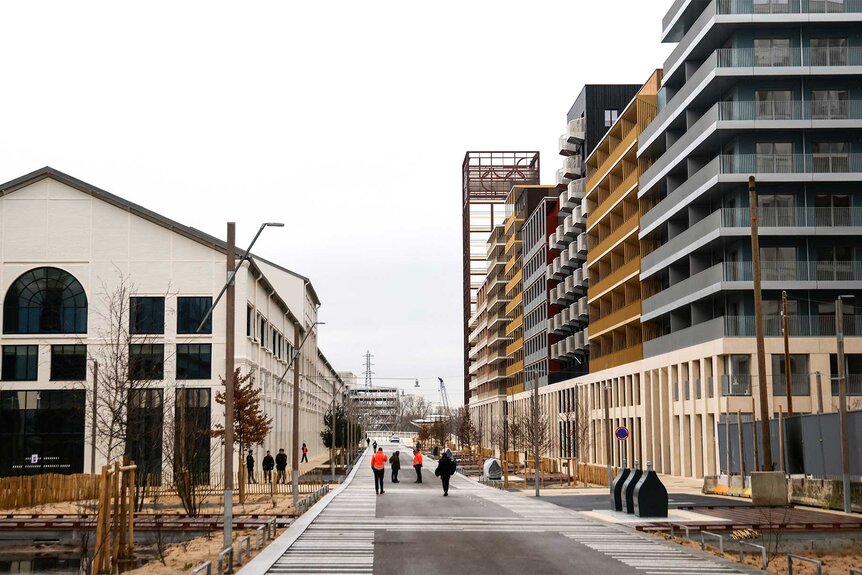
Paris is getting ready to host the 2024 Olympic Games with a totally cool focus on sustainability and where the athletes are gonna crash. The Olympic village, this massive complex that covers three towns in the north part of Paris, is not just a temporary spot for athletes, but it's also trying to set an example for a sustainable future.
The village spans 53 hectares of land and used to be a total dump but now it's this super fancy facility that cost $1.85 billion. It's designed to house nearly 24,000 athletes and their crew, and it's like this awesome example of modern city planning.
What makes Paris' Olympic village different is what happens after the games. Instead of being abandoned, Paris plans to blend the village into the local community. After the games, the village will be home to 6,000 residents in a modern neighborhood with schools, supermarkets, green spaces, and offices.
For the athletes, the village has got some sweet amenities. There's a huge canteen serving 40,000 meals every day, making sure everyone's dietary needs are covered, with a French twist like omelettes and pastries. There are quick meal spots, a shopping mall, a 24-hour gym, and chill-out areas for relaxing and hanging out.

Sustainability is at the core of the village's design. From eco-friendly materials to cooling systems, everything's about Paris' commitment to the 2016 Paris Agreement goals. Shuttle buses and electric bikes make getting around easy, and 80% of athletes train right there in the village.
One gnarly thing is the use of cardboard beds, which were a big deal at Tokyo 2020. At first, people didn't like them, but now they're part of a more relaxed vibe, with the no-sharing beds rule lifted for Paris 2024.
Beyond the infrastructure, Paris' bid for the Olympics is all about renewal and including everyone. Holding 95% of events in existing sports facilities cuts down on new construction, and investments in needy areas promise long-term benefits for locals.
As the world waits for the 2024 Olympics, Paris' Olympic village is standing out as a symbol of sustainability, innovation, and community integration—a model for future big events to follow.

